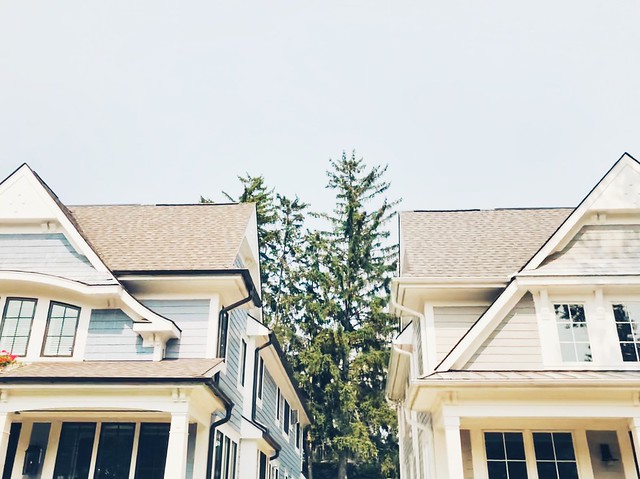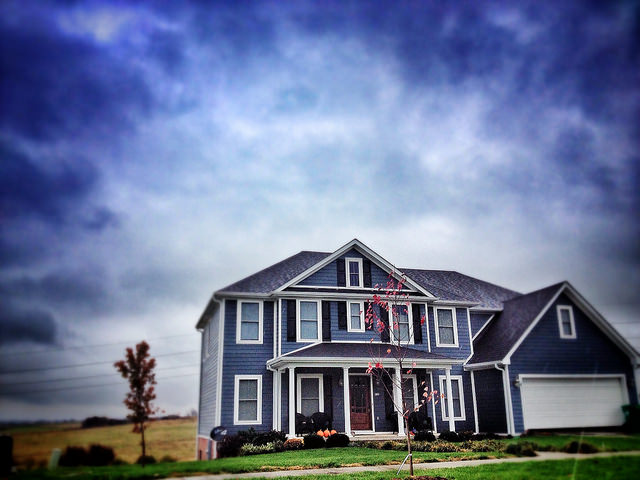When there are too few homes for sale, the new home market can help fill the gap and give buyers more options. That’s certainly the case today, as the available inventory of existing homes for sale remains low. Which means, buyers who haven’t had success finding a previously owned home may consider buying new. And, according to the latest Housing Market Index from the National Association of Home Builders, that has home builders feeling more optimistic. “Even as builders continue to deal with stubbornly high construction costs and material supply chain disruptions, they continue to report strong pent-up demand as buyers are waiting for interest rates to drop and turning more to the new home market due to a shortage of existing inventory,” Alicia Huey, NAHB’s chairman, says. The NAHB’s index – which surveys home builders and scores their answers on a scale where any number above 50 indicates more builders see conditions as good than poor – found builder optimism up for the third consecutive month in March – though still low overall at 44. (source)













